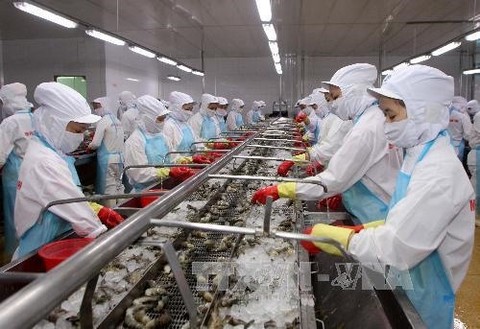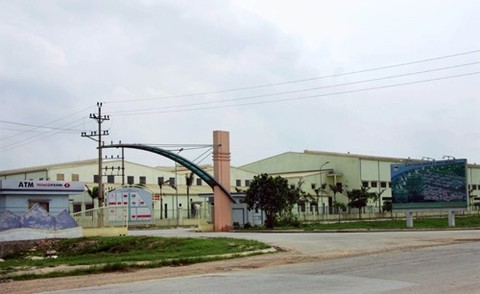Logistics firms to cut costs, up labour
Logistics firms to cut costs, up labour
The logistics sector needs to cut costs and improve labour quality, experts said at a seminar held by the Viet Nam Logistics Association (VLA) and HCM City’s Department of Industry and Trade on Tuesday.
VLA General Secretary Nguyen Duy Minh said that the logistics sector was growing at a significant rate of 15 to 16 per cent a year, contributing about three per cent to the national GDP.
Of the 3,000 firms involved in the sector, 70 per cent are based in HCM City and 30 firms are international.
Vietnamese companies’ strong points are efficient investment in port operations, ground transport, customs agents, warehouses, and skilled labour, according to Minh.
Local logistics firms are also able to provide any kind of logistics service to all businesses.
Multinational firms, which has a large market share, have advantages, including more shipping contracts with large shipping firms, better information technology, advanced management, and better relationships with global firms.
Speaking at the seminar, experts agreed that implementation of 20 FTA agreements had created a foundation for smoother logistics development.
Logistics infrastructure has been the focus, with construction of the North-South Highway, northern Quang Ninh Province’s Van Don International Airport, and Lach Huyen Deep-Water Port.
To reduce pressure on ground transport, many firms have shifted to delivering goods via sea transport, inland waterways and railways.
The growing IT industry in Viet Nam has helped improve the use of technology in logistics services, including last-mile delivery and shipping of frozen products.
Japanese and Chinese investors have poured more investment in freezer storage and refrigerated transportation, which could increase the shipment of fresh fruit.
Preferential policies on customs procedures, inspection, supervision and control have also created favourable conditions for logistics firms to operate, said VLA Chairman Le Duy Hiep.
Despite improvements in recent years, challenges include high road fees, inefficient sea transport management and limited capacity to develop air transport, among others.
According to VLA, logistics costs in Viet Nam remain high at an average of 16.8 per cent of total GDP while costs in Singapore are 8.5 per cent, Malaysia 13 per cent, the Philippines 13 per cent and Thailand 15 per cent.
Co-ordination and co-operation between logistics service providers and local manufacturers is not very effective, it said.
Many logistics service providers complain that despite the higher volume of exported goods, manufacturers are increasingly outsourcing and signing contracts with international logistics companies.
Labour quality
To boost development of the logistics sector, lower costs and a better trained workforce are needed, according to Hiep.
While cooperation between goods owners and logistic service providers should be enhanced, providers should improve technology application, transport and warehouse management and international transport management.
Hiep said that authorities should remove unofficial costs to encourage competitiveness among logistics companies.
Pham Quoc Long, deputy general director of GEMADEPT, said that VLA should provide small- to medium-d enterprises with guides to improve cooperation and reduce unfair competition between them.
In addition to costs, experts stressed the necessity of training a high-quality labour forces in the sector.
Workers should be assigned tasks closely linked to their skills, and standards should be set for different job positions, Long said.




















